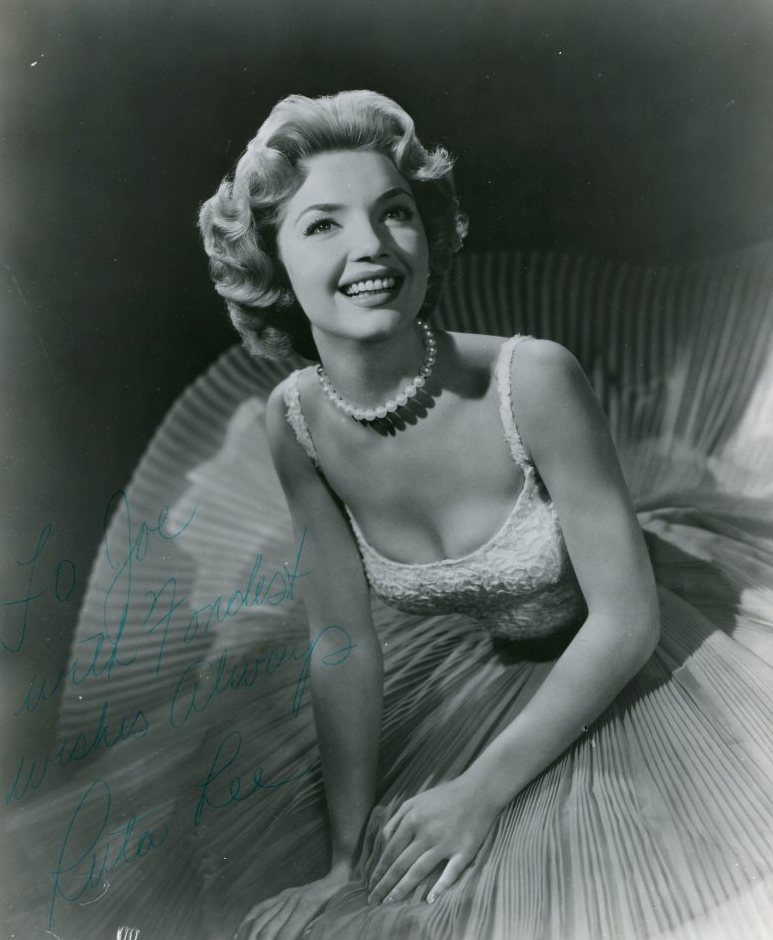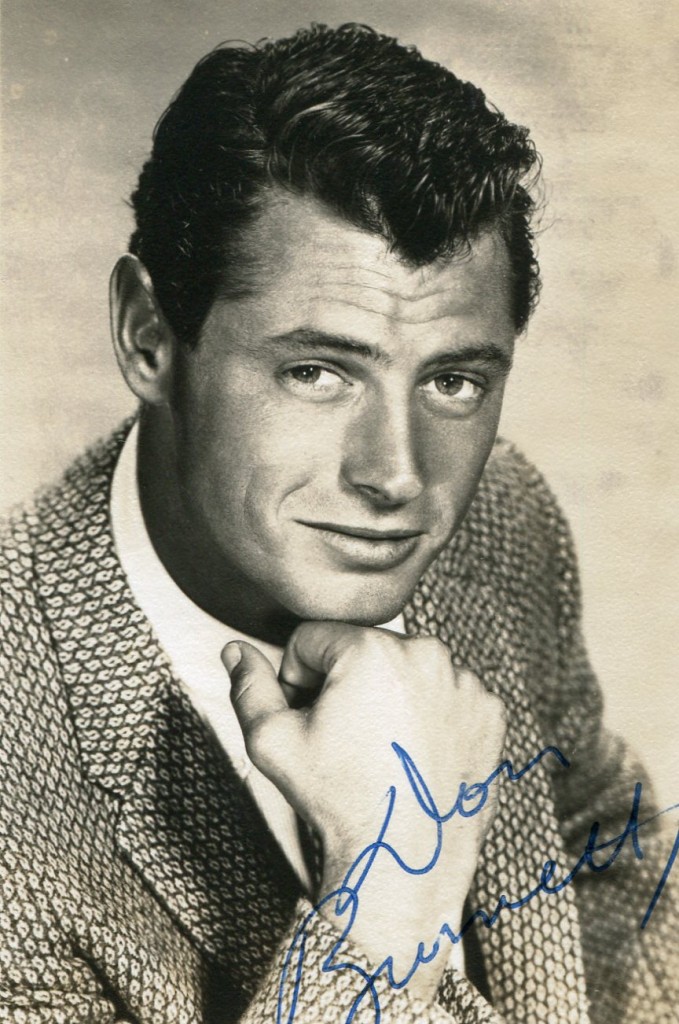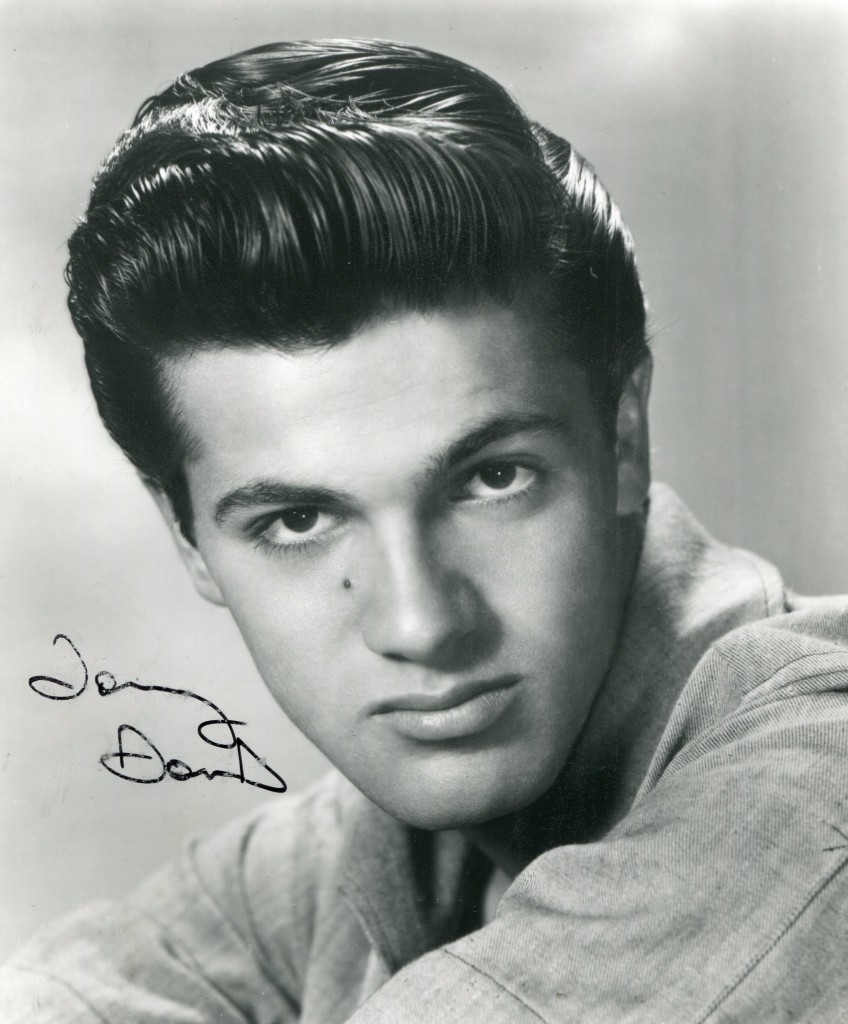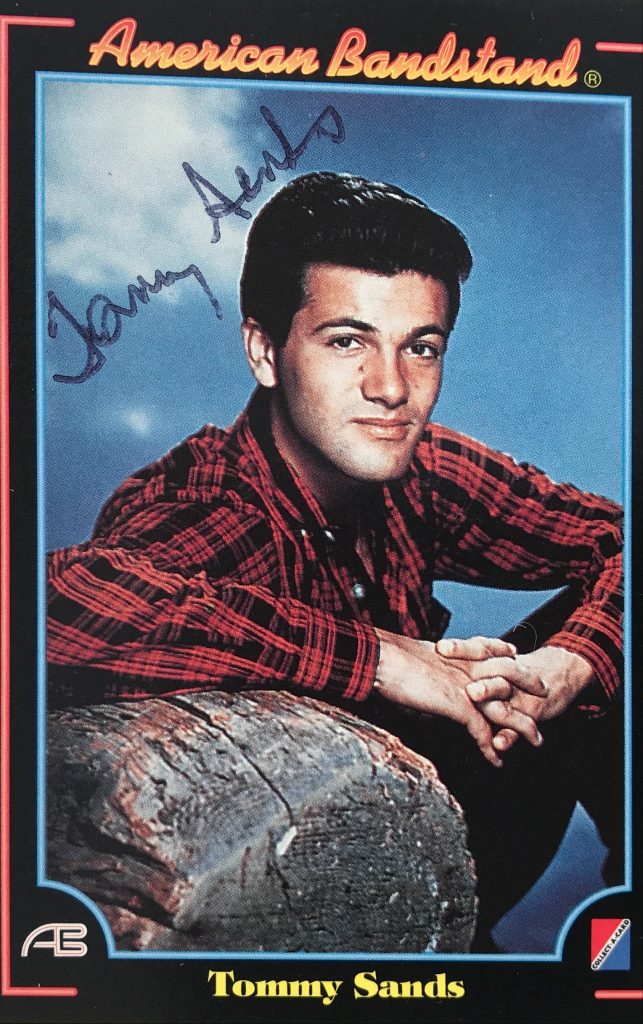
Kathleen Freeman was born in 1919 in Chicago. She was a wonderful character actress and can be noticed in small parts in “Naked City” in 1948 and “Singing in the Rain” in 1953. She specialised in roles of maids, busybodies, nosy neigbours and domineering housewives. Her films include “Athena”, “The Errand Boy”,”North to Alaska” and “Support Your Local Sheriff”. She was appearing on Brodaway in “The Full Monty” when she became ill and had to withdraw from the casr. She died shortly thereafter in August 2001.
Ronald Bergan’s “Guardian” obituary:
What Margaret Dumont was to Groucho Marx, Kathleen Freeman was to Jerry Lewis. In other words, a perfect comic foil and friendly adversary, though Freeman, who has died of lung cancer aged 82, was no hoity-toity dame like Dumont. She was more the American equivalent of Peggy Mount or Hattie Jacques in being the mother of all battleaxes.
She made almost 100 films, sometimes in extremely brief roles, but, as she said, “I think I’m a living example of the fact that you don’t have to be in every inch of a film or play to be important to it.” For instance, who could forget her in Singin’ in the Rain (1952) as Phoebe Dinsmore, the diction coach trying to get screechy-voiced dumb blonde star Lina Lamont (Jean Hagen) to make rounded vowels in saying, “I can’t stand him,” instead of “I keeent stendim!”
This might have prepared her for the high-pitched nasal whine of Lewis, with whom she said she “shared a love for clowns and crazy people”. She faced Lewis in 10 films and became a kind of mascot for him, often having to suffer from his slapstick.
Freeman knew all about playing the stooge. She was born in a trunk in Chicago, where she first toddled on to the stage aged two as part of her parents’ vaudeville song and dance act, Dixon and Freeman. But her mother insisted she attend regular school. “For some strange reason, I got into a play at school,” she recalled. ” That’s when a really terrible thing happened – I got a laugh. I just said a line and, then boom!”
She began working in small theatre groups, before forming the Circle Players with friends. It was while performing in the group’s production of an adaptation of Edith Wharton’s Ethan Frome that she was discovered by a Hollywood scout.
Her film debut was as a walk-on in Jules Dassin’s The Naked City (1948) and, until the end of the century, she played a plethora of complaining maids, overbearing landladies, domineering housekeepers, nosy neighbours, frightening mothers-in-law and demented nuns. At the same time, from the early days of television, the big, brash and funny Freeman appeared in a multitude of sitcoms, dating from her portrayal of the “spooked” maid in the Topper series to I Love Lucy, The Beverly Hillbillies, The Dick Van Dyke Show and Hogan’s Heroes.
Among her more conspicuous later film roles were her Sister Mary Stigmata in The Blues Brothers (1980); the bellicose landlady in Dragnet (1987); and hoodlum Fred Ward’s tough-as-nails mother in Naked Gun 33: The Final Insult (1994). Her last film job was dubbing the voice of an old woman in Shrek (2001).
On stage, she was in touring companies of Annie (as Miss Hannigan) and Deathtrap (as Helga Ten Dorp). Her first Broadway appearance was as Madame Spritzer, a downwardly mobile countess in Georges Feydeau s 13 Rue de l’Amore (1978), opposite Louis Jourdan. In 1999, in Los Angeles, Freeman did a one-woman show entitled Are You Somebody?, a question autograph hunters always asked her.
Ironically, she finally became a big name on Broadway in her last role, that of the wisecracking piano player Jeanette Burmeister in The Full Monty, in which she did a show-stopping routine called Jeanette’s Showbiz Number. “People in the street used to say hello because they thought I was a neighbour,” she remarked, “but now that’s changing. Suddenly I have a name to go with my face.”
Freeman is survived by her long-time companion, Helen Ramsey.
• Kathleen Freeman, actor, born February 17 1919; died August 23 2001
The above “Guardian” obituary can also be accessed online here.





























































































